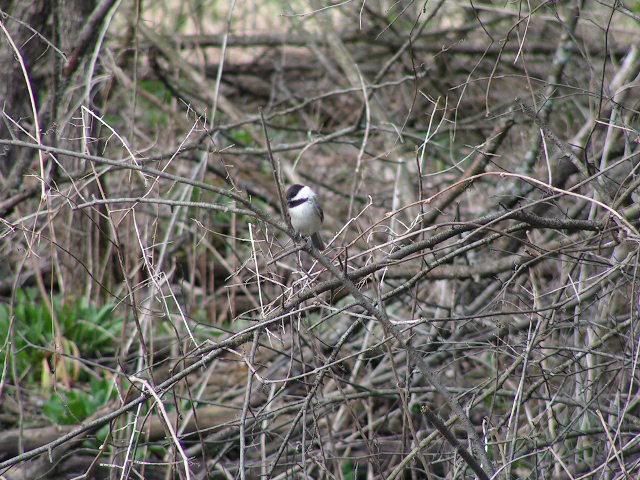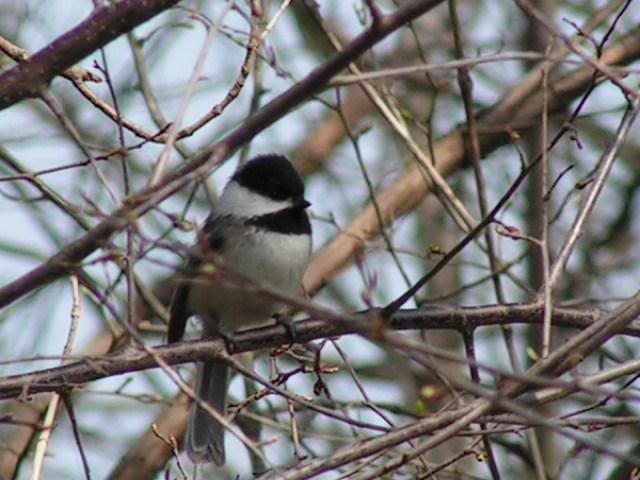Steve1701D said:
polyphyletic
Hmmm, can you translate that into english, Hoodoo, or at least into Hoosier?

Well, this is real geek stuff, I admit. It's a bit hard to explain in a simple way without using diagrams and such. But I will give it a try and the nice thing about the internet is that you don't have to read it. So if you find this kind of stuff boring, just skip to the next thread.

Firstly, let me say that WARS in scientific journals have been fought over this stuff. Major battles. It's been going on for years and years, but I can say that in general, the cladists have pretty much won.
What does that mean? It means that taxanomic groups (taxons = domain, kingdom, phylum, class order, family, genus species) are now expected to be monophyletic.
What does that mean?

It means that all members of a particular taxon share a common ancestor. All members of a taxon are derived from a single ancestral species that gave rise to no species in any other taxa.
In a polyphyletic group, there is more than one ancestral species and from a cladist's point of view, polyphyletic groups need to be broken down so that the resulting taxa are all monophyletic. They got a thing about this.

So for instance, if you look at recent textbooks in biology, you will rarely find 4 or 5 or 6 kingdom systems any more. We are now seeing 20 or 30 or more kingdoms (lots more, actually) being described. Above that, we now have three domains, all supposed to be monophyletic. The Bacteria, the Archaea, and the Eukarya. I think I better stop there. Gotta write a quiz.






